I already knew the role and locations of the scales, so now I just had to decide on what the scale would look like. The scale was to be the most animate object in my mechanism. I would have to make sure that were no conflicting polygons, and that pivot points were adequately centred. As well as this, I needed to take into account factors such as gravity, as the cups on either end of the scale would be affected accordingly to any change in position. As menacing as this sounds, it was merely a matter of trial and error; that is, trying out different speeds of movement.
During my research I came across two types of scales: beautiful, majestic scales, and plastic fisherprice-esque scales. At first I had my heart content on a beautiful one. It would not have been hard to model as I am confident in my skills in that area. However, as far as animating went, it may not have been as simple. For example, from these images, it is not very easy to determine where the centre of pivot is located, and hence, would be difficult to replicate myself. If I had tangible version of the scale it would have been very possible, but a few images wasn’t enough.

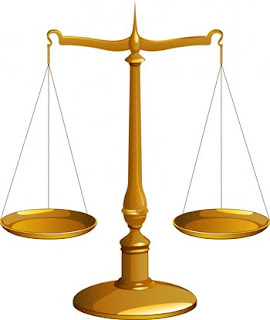
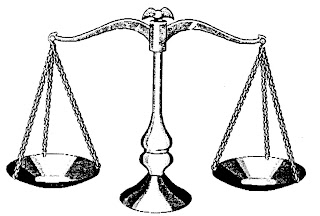

Now take a look at these scales:
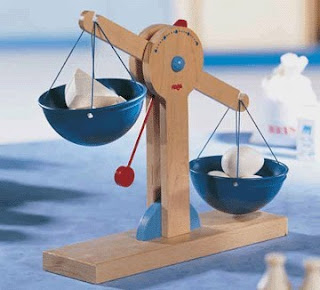
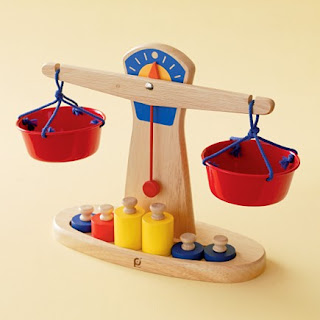
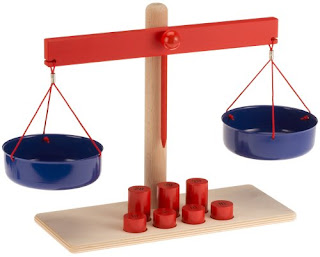
These are the plasticy ones that I mentioned earlier. The pivot points and the overall design is palpable just be pictures alone. It is no wonder why I decided to use these images as my main references.
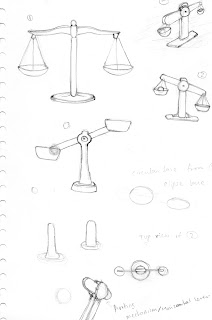
No comments:
Post a Comment